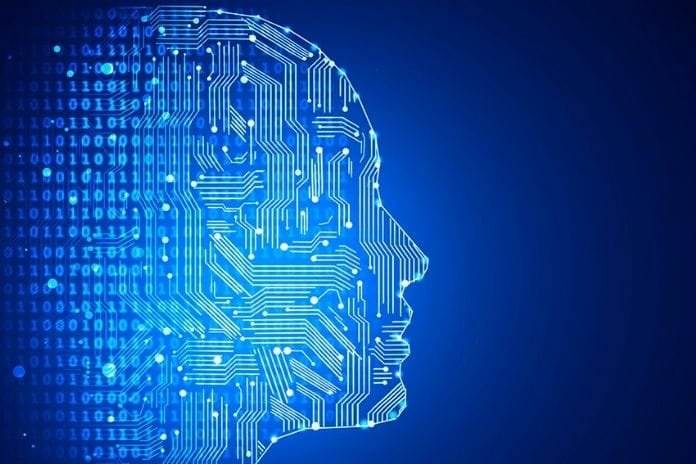What Is Machine Learning?

Machine Learning is a field of study that teaches computers to analyze and classify patterns in data to make predictions. The concept is part of the Computer Science area and combines model recognition and Artificial Intelligence applications. Machine Learning can be summarized as simulating a natural process for human beings: learning from experience.
Software and PCs have the potential to process large volumes of data and capabilities to identify and separate models and patterns. Machine Learning is the programming of systems to assimilate data and classify complex information, with the characterization of Learning to present predictions and estimates.
The area has increasingly everyday applications with the sophistication of mobile apps. Movie suggestions on Netflix and music on Spotify, and alternative routes on Google Maps and Waze characterize the private uses of this technology in the face of tips on customer buying behavior and public surveillance cameras with facial recognition.
With Machine Learning, it is possible to increase the human capacity to solve problems and anticipate risks based on the results raised by the programs. This applies to issues related to Big Data, that is, the large set of stored data, in which Machine Learning has been the essential technique to solve demands. Uses range from medical diagnostics, weather forecasting, and climate change identification to stock market analysis and deductions.
Artificial Intelligence vs. Machine Learning
Artificial Intelligence is an area of study developed in the 1950s, which proposes computer programs with levels of communication and successful responses in the simulation of intellectual interactions. In addition, the theme also aims to create knowledge models that provide automatic responses based on data analysis and user observation.
Machine Learning, as stated earlier, can be considered a subfield of science which Artificial Intelligence is. However, its specificity is based on the knowledge acquired by computers, which makes it possible to anticipate facts and behaviors according to previously identified user patterns.
Thus, Machine Learning can be considered an essential part of Artificial Intelligence as it improves the experience acquired by the computer. In this way, programs can be improved faster with techniques ranging from face recognition or handwritten texts to thematic identification of photos in an image gallery or the simultaneous translation of plates and menus with the cell phone camera.
These innovations are direct consequences of improving data assimilation and classification by Machine Learning. Such technological benefits are directly linked to processing large volumes of data by computers instead of programmed instructions, line by line, in a programming language.
How Does Machine Learning Work?
Machine Learning programming is subdivided into Supervised Learning and Unsupervised Learning. The first establishes known data input models and forecast output, while the second identifies hidden patterns and structures in the data input.
Supervised Learning determines a learning algorithm from a known data set to classify the information. In addition, in parallel with this categorization system, the system can still recall previous data entries to make predictions and deductions based on the already incorporated groups of information.
Unsupervised Learning refers to programming that finds hidden patterns or unique structures in data. Also called “Clustering,” this specification allows the construction of estimates for complex information without records in the system, as crossing the most successful responses configures the “knowledge” condition of the machine.
Examples Of Machine Learning In Everyday Life
Many software used every day relies on Machine Learning technology. According to customs, writing style, and browsing history, continuous improvements to email apps, GPS navigation, and even browsers offer modifications tailored to the user.
The innovations influenced the creation of “Bubble Filters,” with information selected according to the user’s tastes. There are also programs with noble and altruistic goals, such as Tensor Flow, Google Translates open machine learning platform. It is used in research projects to track endangered animals or diagnose eye diseases in diabetics.
Other apps have more particular features, such as Google Play Music, with recommendations to play according to the weather or day. Or Google Maps, which, in addition to recognizing street names and addresses from billions of Street View images, considers transit routes and parking availability in city regions, depending on the time of day.
Google I/O, the company’s annual news event, presented a series of innovations to improve the personalization and optimization of the use of Android smartphones. Another example of the use of Machine Learning is the bot projects with messengers and social networks to assist in data checking and guide users on how to browse the Internet safely and responsibly to avoid the spread of fake news.


